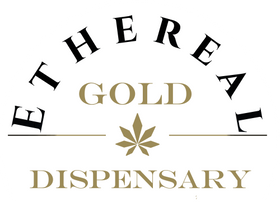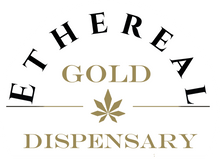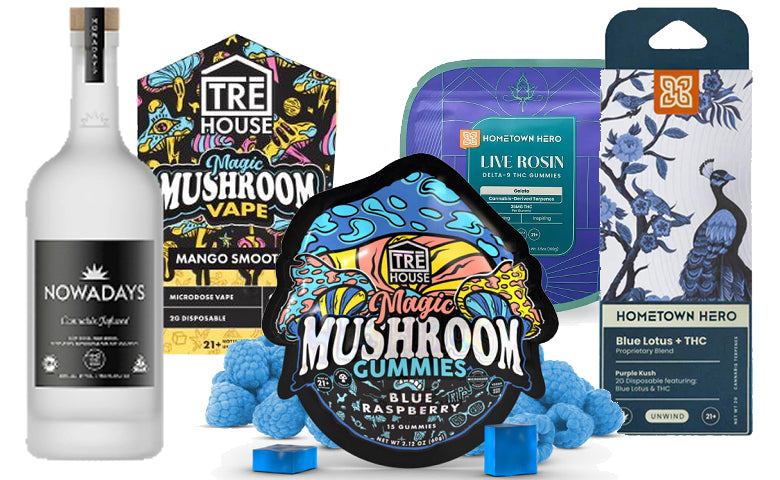Colorado, with its diverse landscapes ranging from dense forests to alpine meadows, offers a unique environment for foraging edible mushrooms. Mushroom enthusiasts and culinary explorers alike can find an array of edible fungi throughout the state. In this guide, we’ll explore some of the most popular types of edible mushrooms in Colorado, their characteristics, and where you might find them.
1. King Bolete (Boletus edulis)
Also known as the porcini mushroom, the King Bolete is a prized find for foragers. Recognizable by its thick stem and large, brown cap, this mushroom is a staple in many gourmet dishes. It typically grows under coniferous trees and can be found from late summer through early fall. The King Bolete has a nutty flavor and meaty texture, making it perfect for soups, stews, and risottos.

2. Chanterelles (Cantharellus cibarius)
Chanterelles are one of the most visually striking mushrooms, with their bright yellow-orange color and trumpet shape. These mushrooms grow in clusters, often in coniferous and deciduous forests, particularly in moist, mossy areas. Chanterelles have a fruity aroma with a hint of apricot and are highly sought after for their delicate flavor. They are excellent when sautéed in butter or used as a topping for meats and pasta.

3. Morels (Morchella spp.)
Morels are among the most coveted wild mushrooms, known for their honeycomb-like appearance and earthy flavor. They are usually found in spring, particularly in areas that have recently experienced a wildfire, as they thrive in disturbed soil. Morels are perfect for frying or using in rich sauces due to their unique, savory taste.

4. Oyster Mushrooms (Pleurotus ostreatus)
Oyster mushrooms are widespread and easy to identify with their fan-shaped, overlapping caps. These mushrooms typically grow on decaying wood, such as fallen logs or stumps. Their mild flavor and tender texture make them versatile in the kitchen, ideal for stir-fries, soups, and even raw in salads.

5. Hawk's Wing (Sarcodon imbricatus)
This lesser-known but delicious mushroom is named for its scaly, brown cap that resembles a hawk's wing. Found in higher elevations — especially under spruce and pine trees — Hawk’s Wing mushrooms have a rich, nutty flavor and can be dried or cooked fresh. They are particularly good in sauces and stews.

6. Shaggy Mane (Coprinus comatus)
Shaggy Mane mushrooms are easily identified by their tall, cylindrical caps covered in white, shaggy scales. These mushrooms are often found in disturbed ground, such as along roadsides or in lawns, especially after rain. Shaggy Manes are best when cooked immediately after harvesting, as they quickly deteriorate. They have a mild flavor and are excellent in omelets or as a side dish.

7. Matsutake (Tricholoma matsutake)
Matsutake mushrooms are highly valued in Japanese cuisine and can also be found in Colorado's pine forests. These mushrooms have a spicy aroma and a firm texture, making them ideal for grilling or steaming. Matsutake hunting is a bit of a challenge due to their elusive nature, but they are a true delicacy when found.

Foraging Tips for Colorado Mushrooms
- Know Before You Go: Always research and positively identify any mushroom before consuming it. Many edible mushrooms have toxic look-alikes.
- Respect the Environment: Practice sustainable foraging by only taking what you need and leaving some mushrooms behind to ensure future growth.
- Consider the Season: Different mushrooms grow in different seasons, so timing your foraging trips can increase your chances of success.
Elevate Your Culinary Experience with Mushroom Edibles
For those who want to enjoy the benefits of mushrooms without the foraging trip, Ethereal Gold Dispensary offers a range of gourmet mushroom edibles. Whether you're interested in the wellness benefits of functional mushrooms or the unique experiences offered by psychedelic varieties, we have something for every palate. Don’t forget to use the discount code AUG24BLOG at checkout for 10% off your purchase!
FAQ
What are some of the most common edible mushrooms in Colorado?
Common edible mushrooms in Colorado include the King Bolete, Chanterelles, Morels, Oyster Mushrooms, and Shaggy Mane.
When is the best time to forage mushrooms in Colorado?
The best time to forage for mushrooms in Colorado is typically from late spring to early fall, depending on the species.
Are there any poisonous mushrooms that look like edible ones in Colorado?
Yes, many edible mushrooms have toxic look-alikes. Always ensure accurate identification before consuming any wild mushroom.
Can I forage mushrooms in Colorado's national parks?
Foraging rules vary by location, and it's important to check local regulations. Foraging is often restricted in national parks to protect the ecosystem.
How should I store wild mushrooms after harvesting?
Wild mushrooms should be stored in a cool, dry place and used as soon as possible to maintain their freshness and flavor.







